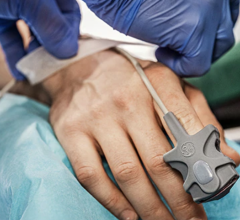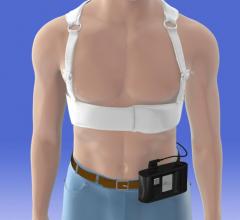May 26, 2008 – Spectranetics introduced the new LLD EZ Lead Locking Device (LLD) for the removal of nonfunctional or infected pacing and defibrillation leads, designed to enable physicians to secure the entire lead creating traction to enable the removal process.
Management of implanted leads for pacemakers and defibrillators is a growing concern among physicians and patients since an increasing number of patients receive these devices at a relatively young age. Leads, or insulated wires that connect devices to the heart, may become non-functional or infected. When this occurs the primary treatment option is to remove the leads. Because scar tissue can bind the leads in several places along their length, specialized tools are needed to complete the removal process.
Spectranetics’ LLD EZ provides a flexible solution to address the removal of leads from scar tissue holding them in place. LLD EZ employs a braided mesh that expands to secure leads along their hollow inner lumen permitting physicians to apply steady traction on the lead. The locking mechanism can be reversed, or unlocked, if the physician needs to remove the device from the lead or reposition it. The LLD EZ provides versatility to remove a wide range of pacing and defibrillation lead sizes.
LLD EZ also features an enhanced tip design and sleek profile to facilitate tracking and passage of the device through tight curves and beyond lumen damage. The specialized tip is radiopaque, enabling verification of tip location under fluoroscopy. Additionally, a new low-profile handle design permits easy loading of extraction sheaths. Spectranetics’ Lead Locking Device technology is often used in conjunction with Spectranetics’ Laser Sheath, or SLS II, which employs “cool” ultraviolet light known as excimer laser to dissolve the scar tissue binding the leads.
For more information: www.spectranetics.com


 July 28, 2023
July 28, 2023 








